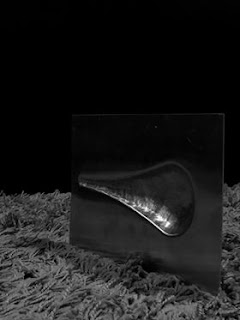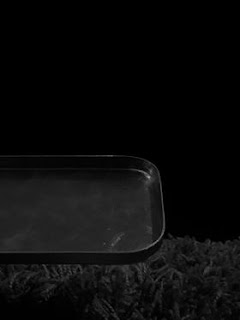R E F L E C T I O N

Reflection Looking back on my work my work from each assessment, I could see how the progression and learning process aided me in producing the final project. Figures 1 through 4, highlight the different techniques that would essentially guide us to create a petrol tank at the end of the semester. These small projects allowed us to gain knowledge and learn about techniques in metal making. Techniques included shrinking, stretching, hammer-toning, rolling and bending are just some of the ways in which we created our shapes. Compare and Contrast of My Work Our first project was the bowl in which we learnt about shrinking the metal to create a semi sphere shape and then stretching the metal to flatten it to create a smooth surface. Combining these two techniques, bending was added to create a torus shape that required bending and shrinking to form the general shape with stretching on the sides. A aesthetic technique was included of hammer-toning,...


